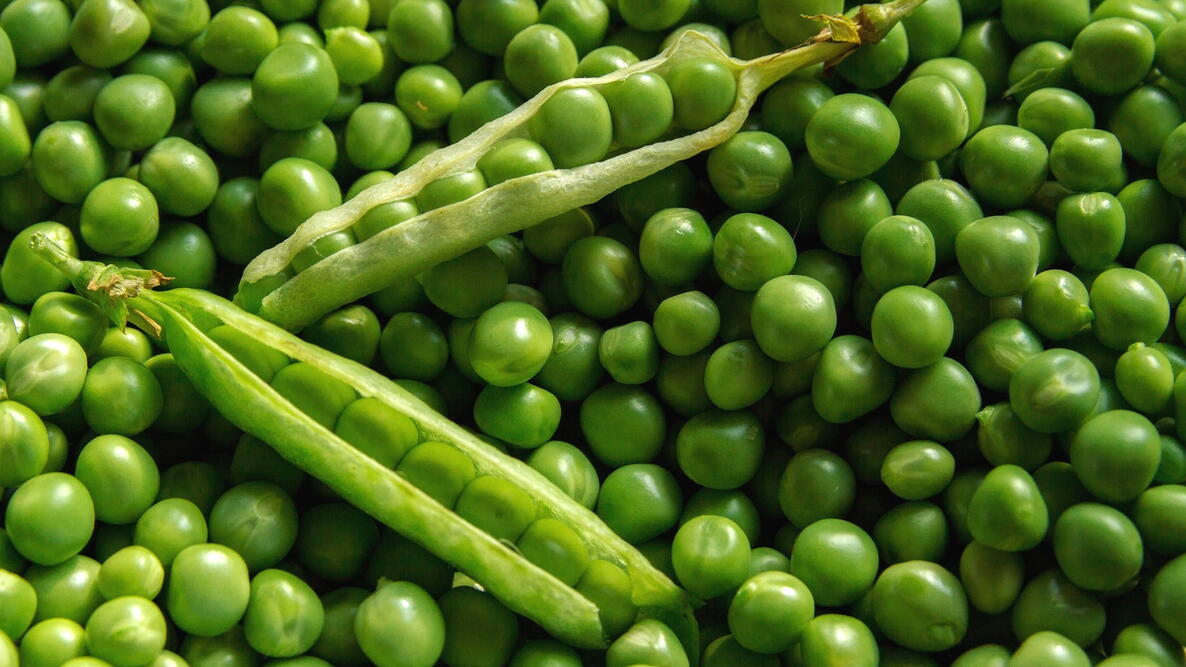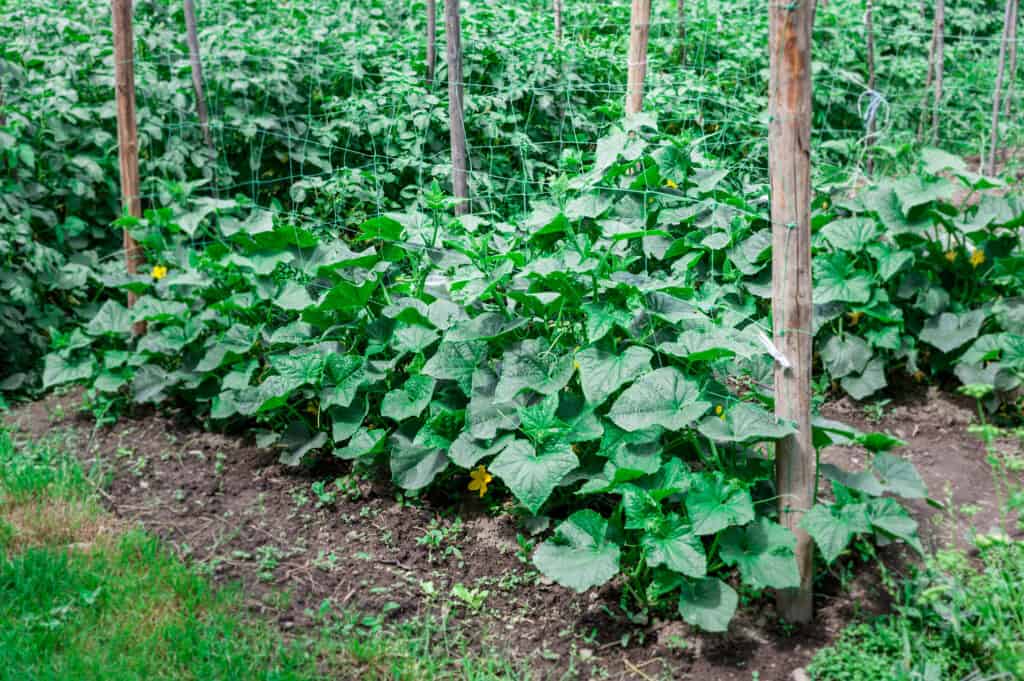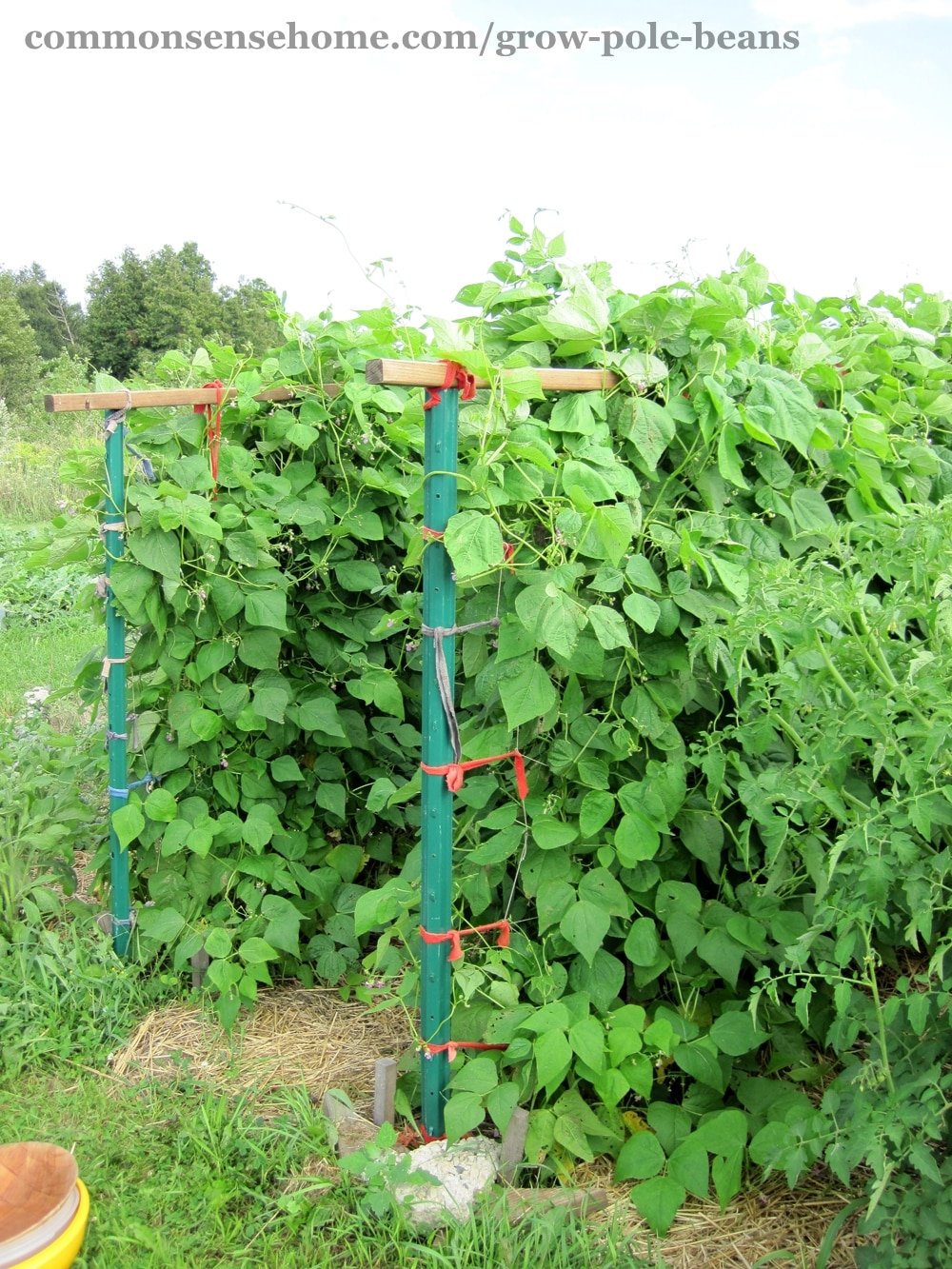The Ultimate Guide To Companion Planting Purple Hull Peas
The Ultimate Guide to Companion Planting Purple Hull Peas
Purple hull peas are a delicious and versatile legume that is native to the southeastern United States. They are a good source of protein, fiber, and vitamins, and they can be used in a variety of dishes.
One of the best ways to grow purple hull peas is to use companion planting. Companion planting is the practice of planting different types of plants together that benefit each other. There are many different companion plants that can be grown with purple hull peas, but some of the best include:
- Corn: Corn is a good companion plant for purple hull peas because it provides shade and support for the peas. The corn also helps to attract pollinators, which can help to improve the pea crop.
- Tomatoes: Tomatoes are another good companion plant for purple hull peas. The tomatoes help to repel pests that can damage the peas, and they also help to improve the flavor of the peas.
- Cucumbers: Cucumbers are a good companion plant for purple hull peas because they both need similar growing conditions. They also help to suppress weeds and improve the soil quality.
- Carrots: Carrots are a good companion plant for purple hull peas because they help to deter pests, such as root maggots. They also help to improve the flavor of the peas.
- Beans: Beans are a good companion plant for purple hull peas because they both fix nitrogen in the soil. This helps to improve the fertility of the soil and can benefit all of the plants in the garden.
In addition to these companion plants, there are a few plants that should be avoided when companion planting with purple hull peas. These plants include:
- Brassicas: Brassicas, such as broccoli, cabbage, and cauliflower, can harbor pests that can damage purple hull peas.
- Potatoes: Potatoes can attract the same pests as purple hull peas, so it is best to avoid planting them together.
- Melons: Melons can compete with purple hull peas for water and nutrients, so it is best to avoid planting them together.
By following these companion planting tips, you can help to ensure that your purple hull peas grow healthy and strong.
Main Content
How to Companion Plant Purple Hull Peas
Companion planting purple hull peas is easy to do. Just follow these simple steps:
- Choose the right companion plants. As mentioned earlier, some of the best companion plants for purple hull peas include corn, tomatoes, cucumbers, carrots, and beans.
- Plant the companion plants in the same area as the purple hull peas. When planting, be sure to space the plants according to their individual needs.
- Water and fertilize the plants regularly. Purple hull peas and their companion plants need regular water and fertilizer to thrive.
- Monitor the plants for pests and diseases. Companion planting can help to deter pests and diseases, but it is still important to monitor the plants regularly.
- Harvest the plants when they are ready. Purple hull peas are typically ready to harvest when the pods are plump and full.
Benefits of Companion Planting Purple Hull Peas
There are many benefits to companion planting purple hull peas. Some of the benefits include:
- Improved crop yields: Companion planting can help to improve crop yields by attracting pollinators, suppressing weeds, and improving soil quality.
- Disease and pest resistance: Companion planting can help to improve disease and pest resistance by deterring pests and diseases.
- Reduced need for pesticides and herbicides: Companion planting can help to reduce the need for pesticides and herbicides by attracting beneficial insects and suppressing weeds.
- Increased biodiversity: Companion planting can help to increase biodiversity in the garden by providing food and habitat for beneficial insects and animals.
Conclusion
Companion planting is a great way to grow healthy and productive purple hull peas. By following the tips in this guide, you can help to ensure that your purple hull peas thrive.
Purple hull peas are a delicious and versatile legume that can be enjoyed in a variety of dishes. But did you know that there are certain companion plants that can help your purple hull peas grow better?
Some of the best companion plants for purple hull peas include:
- Beans: Beans are nitrogen-fixing plants, which means they can help to improve the soil quality for your purple hull peas.
- Carrots: Carrots and purple hull peas both grow well in cool, moist conditions. They also help to deter pests and diseases.
- Corn: Corn can provide shade for your purple hull peas, which can help to protect them from the sun.
- Lettuce: Lettuce and purple hull peas both require full sun and well-drained soil. They also help to attract beneficial insects.
For more information about companion plants for purple hull peas, please visit Gardenia Inspiration.
FAQ of companion plants for purple hull peas
Question 1: What are the best companion plants for purple hull peas?
Answer: The best companion plants for purple hull peas are those that share their care requirements, as well as help them grow better and use your gardening space more efficiently. Some good options include:
- Beans: Beans are nitrogen-fixing plants, which means they can help to improve the soil quality for your purple hull peas.
- Carrots: Carrots and purple hull peas both grow well in cool, moist soil, and they can help to deter pests from each other.
- Celery: Celery and purple hull peas both benefit from having their roots shaded, so planting them together can help to keep the soil cool and moist.
- Corn: Corn can help to provide support for purple hull peas, and it can also help to attract pollinators.
- Lettuce: Lettuce and purple hull peas both grow well in the same type of soil, and they can help to shade each other from the hot sun.
Question 2: What are some of the benefits of companion planting with purple hull peas?
Answer: There are many benefits to companion planting with purple hull peas, including:
- Improved soil quality: Certain companion plants, such as beans, can help to improve the soil quality for purple hull peas by fixing nitrogen in the soil.
- Pest control: Some companion plants, such as carrots, can help to deter pests from purple hull peas.
- Increased yields: Companion planting can help to increase the yields of purple hull peas by providing them with support, shade, and pollination.
- Efficient use of space: Companion planting can help you to use your gardening space more efficiently by planting different plants that have similar needs together.
Question 3: What are some of the common mistakes people make when companion planting with purple hull peas?
Answer: Some common mistakes people make when companion planting with purple hull peas include:
- Planting incompatible plants together: Some plants, such as tomatoes, can compete with purple hull peas for resources and can actually harm their growth.
- Not considering the size of the plants: When companion planting, it's important to consider the size of the plants so that they don't end up shading each other out or competing for space.
- Not planting enough companion plants: In order to reap the benefits of companion planting, you need to plant enough companion plants to provide the support, shade, and pollination that purple hull peas need.
Question 4: How far apart should I plant purple hull peas and their companion plants?
Answer: The ideal spacing for purple hull peas and their companion plants will vary depending on the specific plants involved, but as a general rule of thumb, you should space them about 12-18 inches apart. This will give them enough room to grow and thrive without competing for resources.
Question 5: When should I plant purple hull peas and their companion plants?
Answer: The best time to plant purple hull peas and their companion plants is in the spring, when the soil has warmed up to at least 60 degrees Fahrenheit. This will give them enough time to grow and mature before the first frost.
Image of companion plants for purple hull peas
- Carrots: Carrots and purple hull peas are both cool-weather vegetables that grow well in the same type of rich, fertile soil. They also have different root systems, so they won't compete for nutrients.

- Cucumbers: Cucumbers and purple hull peas both need full sun and well-drained soil. They also help to attract pollinators, which can help to improve the yield of both plants.

- Lettuce: Lettuce and purple hull peas are both shallow-rooted plants, so they won't compete for water or nutrients. They also have different growth habits, so they won't shade each other out.

- Marigolds: Marigolds are a great companion plant for purple hull peas because they help to deter pests. Marigolds release a scent that repels insects, such as aphids and cabbage moths.

- Pole beans: Pole beans and purple hull peas can be planted together to create a vertical garden. Pole beans will climb up the trellis, while purple hull peas will grow along the ground. This can help to save space in the garden.

Post a Comment for "The Ultimate Guide To Companion Planting Purple Hull Peas"